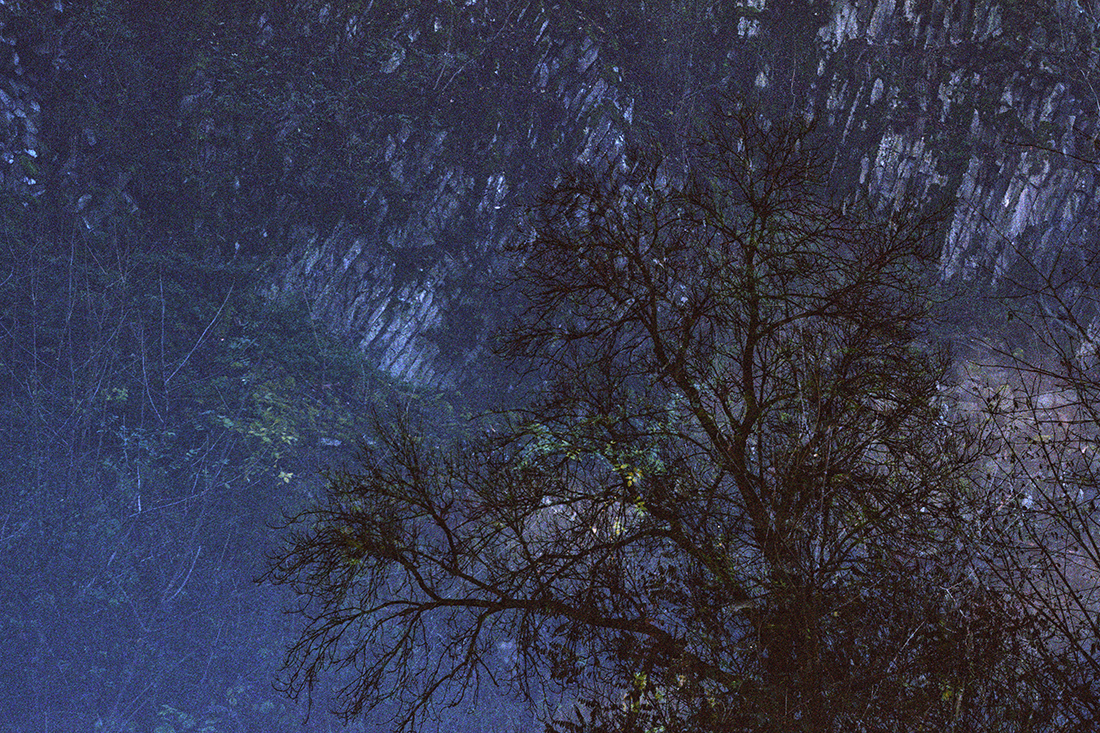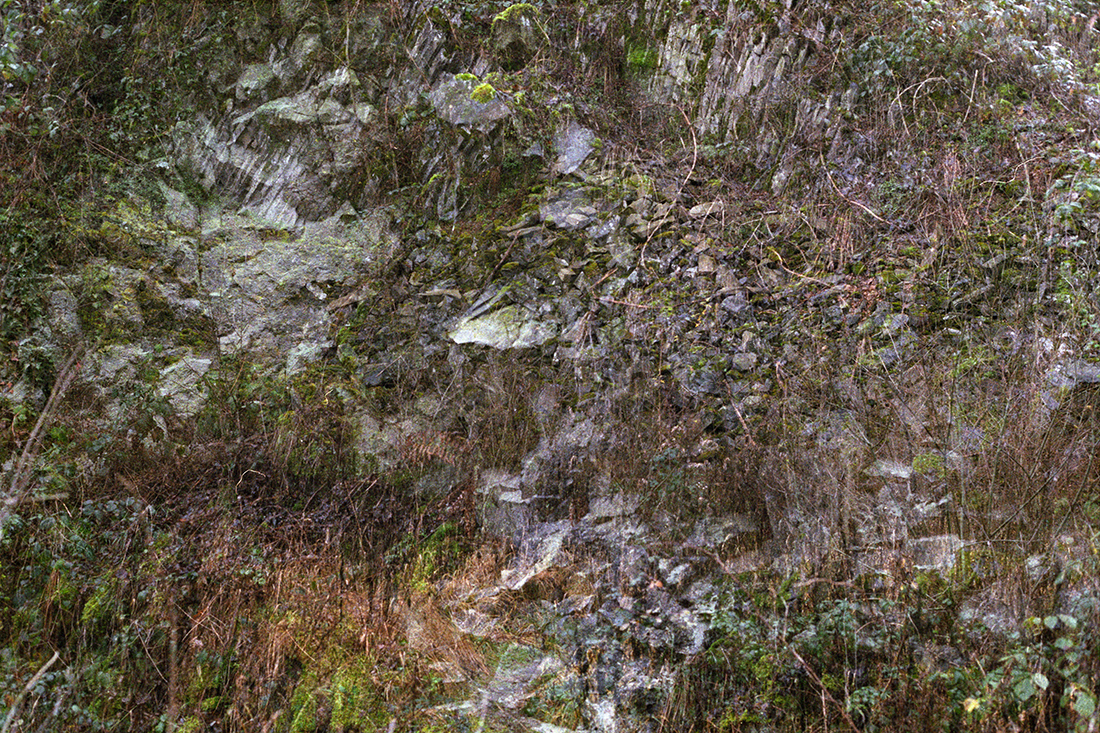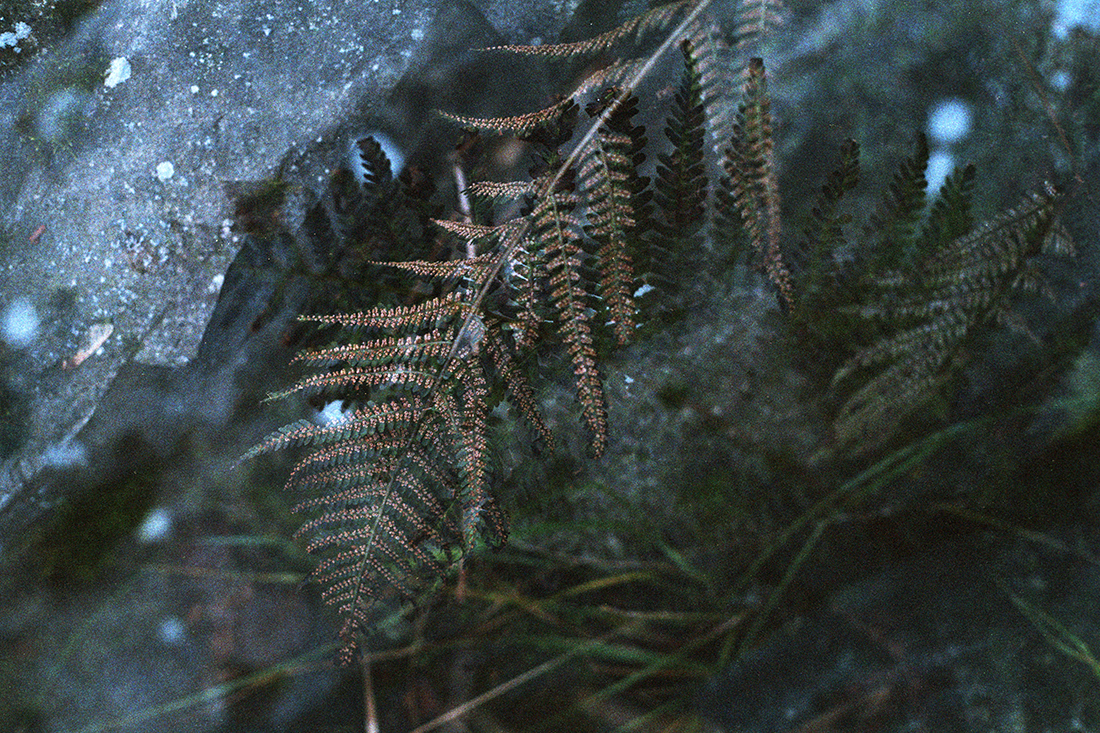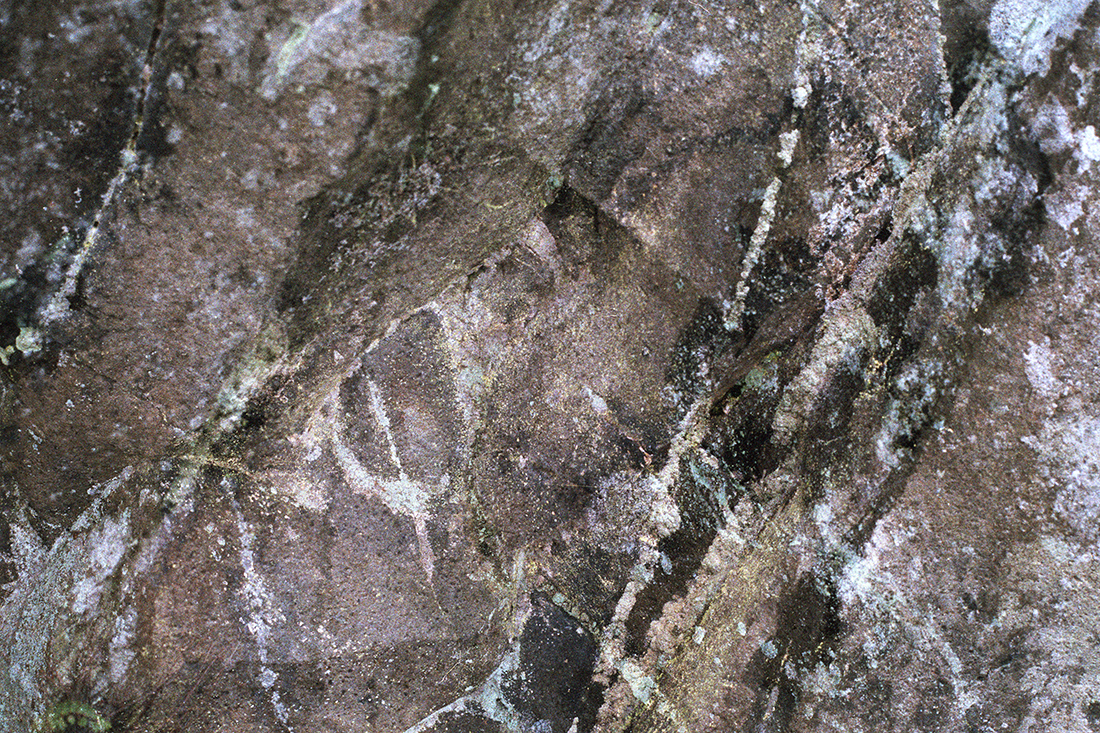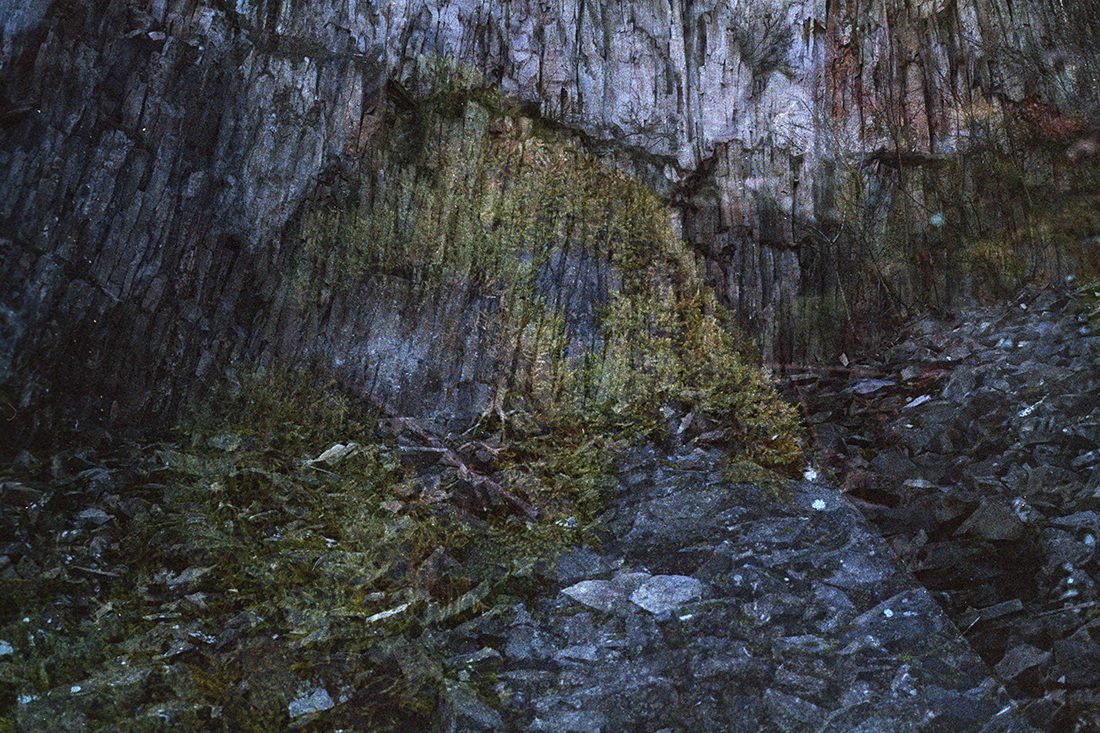Growing up in Bonn, Germany, I have known the Siebengebirge - a small mountain ridge close to Bonn - since my earliest childhood and often came here with my parents. For me, these trips were excursions from civilization into wild nature. It was only in the course of my Master's thesis in 2019, that I began to deal with the Siebengebirge as a man-made landscape. There used to be over 40 quarries here. The former Ostbruch just underneath the summit of the Oelberg was one of them. For 28 years Basalt was quarried until it was shut down at the beginning of the 20th century.
Left to its own devices after its closure, the former quarry was recaptured by nature. But even today, 120 years after the end of the demolition works, it is still a place in the field of tension between human intervention and natural creation. A place, that tells of intrusions and transformations, destruction and healing. Since I came across it for the first time, it has fascinated and irritated me with its particular atmosphere and history. Ostbruch is a photographic processing of the ambiguity of this places and the result of an ongoing fascination.
amateur category
Ostbruch (Series)
DESCRIPTION
AUTHOR
I was born in Bonn, Germany in 1992 and graduated in architecture from RWTH Aachen university in 2020. Alongside my interest in architecture, I have always had a passion for photography. Growing up in the 90s, I had the chance to still become familiar with analog cameras and photography has played an important role in my life since my late teens.
My architectural education has deeply influenced my photographic work.
During my training I was taught to transform places - to actively interfere in an existing context and change it profoundly. In my photographic work I can take a step back. The camera allows me to observe and explore my surroundings; to study a place, an atmosphere.
These studies are my way of dealing with the world I find myself confronted with. As such they are in a way analytical while at the same time always being highly personal and intuitive.
My photographic language does not follow a rigid framework - it results from the exploration of the respective situation and can therefore be both abstract and documentary.
Given my background, a recurring topic of my work is the human shaping of the world.
https://www.helengraeser.com/
ig: helen.graser
My architectural education has deeply influenced my photographic work.
During my training I was taught to transform places - to actively interfere in an existing context and change it profoundly. In my photographic work I can take a step back. The camera allows me to observe and explore my surroundings; to study a place, an atmosphere.
These studies are my way of dealing with the world I find myself confronted with. As such they are in a way analytical while at the same time always being highly personal and intuitive.
My photographic language does not follow a rigid framework - it results from the exploration of the respective situation and can therefore be both abstract and documentary.
Given my background, a recurring topic of my work is the human shaping of the world.
https://www.helengraeser.com/
ig: helen.graser
back to gallery



